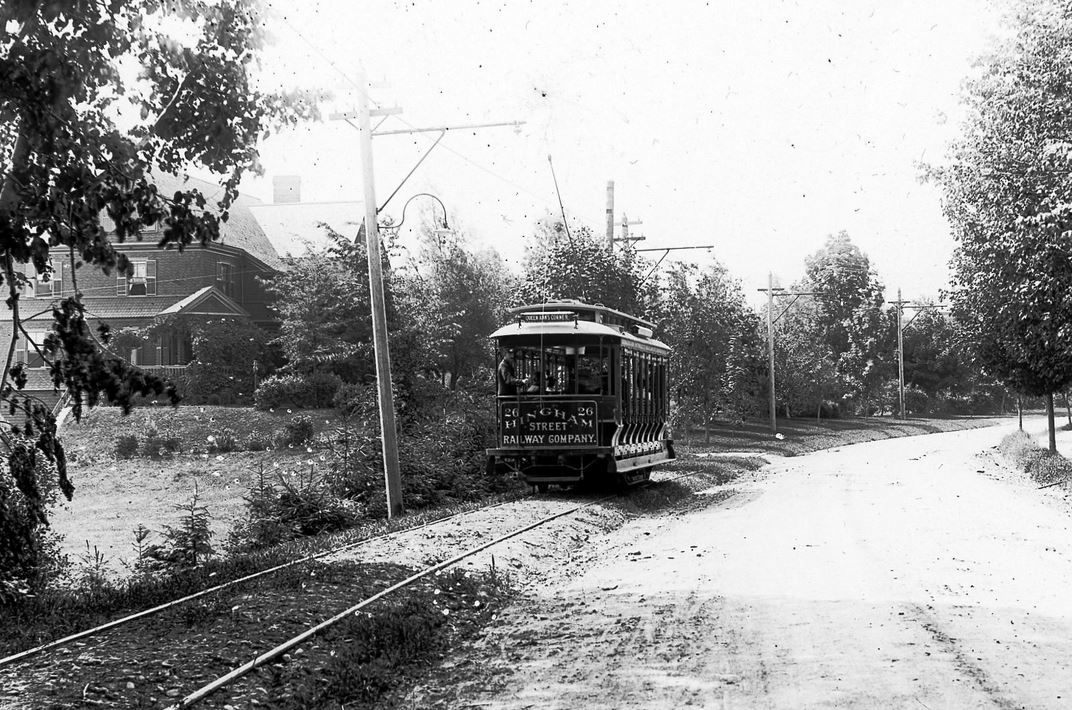Hingham History
It is the past–the glorious past which is given to us for instruction and admonition . . . . We have a solemn charge to us from the virtuous dead . . . their fame is in our keeping.
– Solomon Lincoln (1835)
Settled in the 17th century, Hingham is a charming place for 21st century living—shopping, strolling dining, sightseeing, worship, boating, biking and a host of other recreational activities are accessible in its many parks and historic streetscapes. With a unique demographic mix of old time Yankees and young families, combined with a sprinkling of artists, writers and entrepreneurs, Hingham’s residents are united by their appreciation of the town’s historic beauty and strong identity, not to mention its proximity to Boston. Located on Hingham Harbor, downtown Hingham is within half an hour of Boston by MBTA commuter boat from Rowe’s or Long Wharf and then an Uber to downtown, by commuter train from South Station or by car, via Rt. 3 (exits 14 and 15), or on the 220 MBTA bus from Quincy Center Station
Earliest records document that, around 1633, several families who had originally landed in Charlestown from Hingham, England, moved down the coast to a settlement called Bare Cove, which was re-named Hingham in 1635. In that year, the Reverend Peter Hobart settled here (along with some “200 other souls”) and established the First Parish Church.
The original parish house, humble and rudimentary, was replaced in 1681 by an Elizabethan Gothic building, which is today Hingham’s most iconic landmark – Old Ship Church (so-named for the vaulted ceiling which recalls the inverted hull of a ship). Though New England was dotted with similar churches in the 17th and 18th centuries, Old Ship is the only one left in North America and is the oldest continuously used house of worship in the United States. In early history, the building also served as Hingham’s Meeting House where civic matters of the day were debated and decided by our forebearers.
And there was much to decide as Hingham became established as a vibrant, hard-working community.
While its shallow harbor was not conducive to major shipping routes, the town does have a rich if somewhat humble, industrial past – most notably cordage (ship rope and rigging) and coopering (barrels and buckets). In fact, Hingham earned the somewhat dubious designation of “bucket town,” and, although it may have been derogatory, authentic “Hingham Buckets” have become highly prized by collectors.
In addition, this working town thrived through farming, agriculture, fishing, and later through its shipyard that was of vital importance during World War II, building hundreds of vessels in the span of under four years.
While Hingham may not enjoy the national historic notoriety of other New England towns, it is perhaps this very factor that accounts for its remarkable historic preservation. Because the town remained essentially unchanged by the industrial revolution, Hingham was able to preserve its particular, personal history in a manner that is hard to come by today. Entire areas of Hingham seem almost untouched by the centuries. Current owners lovingly maintain antique homes from some of Hingham’s earliest settlers and their history is carefully archived by the Historical Society. Among these is the North Street residence of Hingham-born General Benjamin Lincoln, a Revolutionary War hero who served alongside George Washington in the Continental Army. This is one of many Hingham buildings listed as a National Historic Landmark.
The pride with which these historic treasures are preserved is testament to the fact that we have heeded well the words of Solomon Lincoln so many years ago: “Their fame is in our keeping.”


Community
Settled in the 17th century, Hingham is a charming place for 21st century living—shopping, strolling dining, sightseeing, worship, boating, biking and a host of other recreational activities are accessible in its many parks and historic streetscapes. With a unique demographic mix of old time Yankees and young families, combined with a sprinkling of artists, writers and entrepreneurs, Hingham’s residents are united by their appreciation of the town’s historic beauty and strong identity, not to mention its proximity to Boston. Located on Hingham Harbor, downtown Hingham is within half an hour of Boston by MBTA commuter train from South Station or by car, via Rt. 3 (exits 14 and 15), or on the 220 MBTA bus from Quincy Center Station.
The historic streetscapes of today’s downtown Hingham are populated by distinctive shops, antique homes and inviting restaurants. Its small scale and historic feel are truly authentic. Laid out in the 1630s on ancient Native footpaths, North and South streets flank the Town Brook, now buried by the Greenbush rail line. The eastern end of North Street was once the center of Hingham’s ship building and fishing trades. Much like today its many colonial buildings housed a lively assortment of families, shops, workshops and taverns. Before that, this tranquil harbor area was a favorite fishing and camping spot for Native Massachusett peoples. Heading west along North and South streets, shops quietly merge in to one of the richest original collections of 17th and 18th century homes in the United States. Downtown is bounded on the south by Hingham’s oldest burying ground and the First Parish Meeting House (built 1681). Old Ship Church, as it is known locally, is the only remaining Elizabethan Gothic church in New England. Interpretive plaques and house markers sprinkled throughout the downtown area highlight the four centuries of history that has been quietly accumulating in Massachusetts’ 12th oldest town.